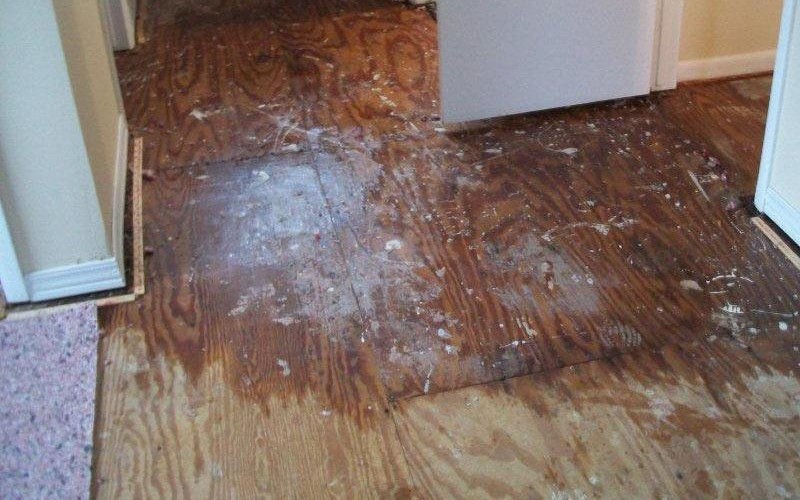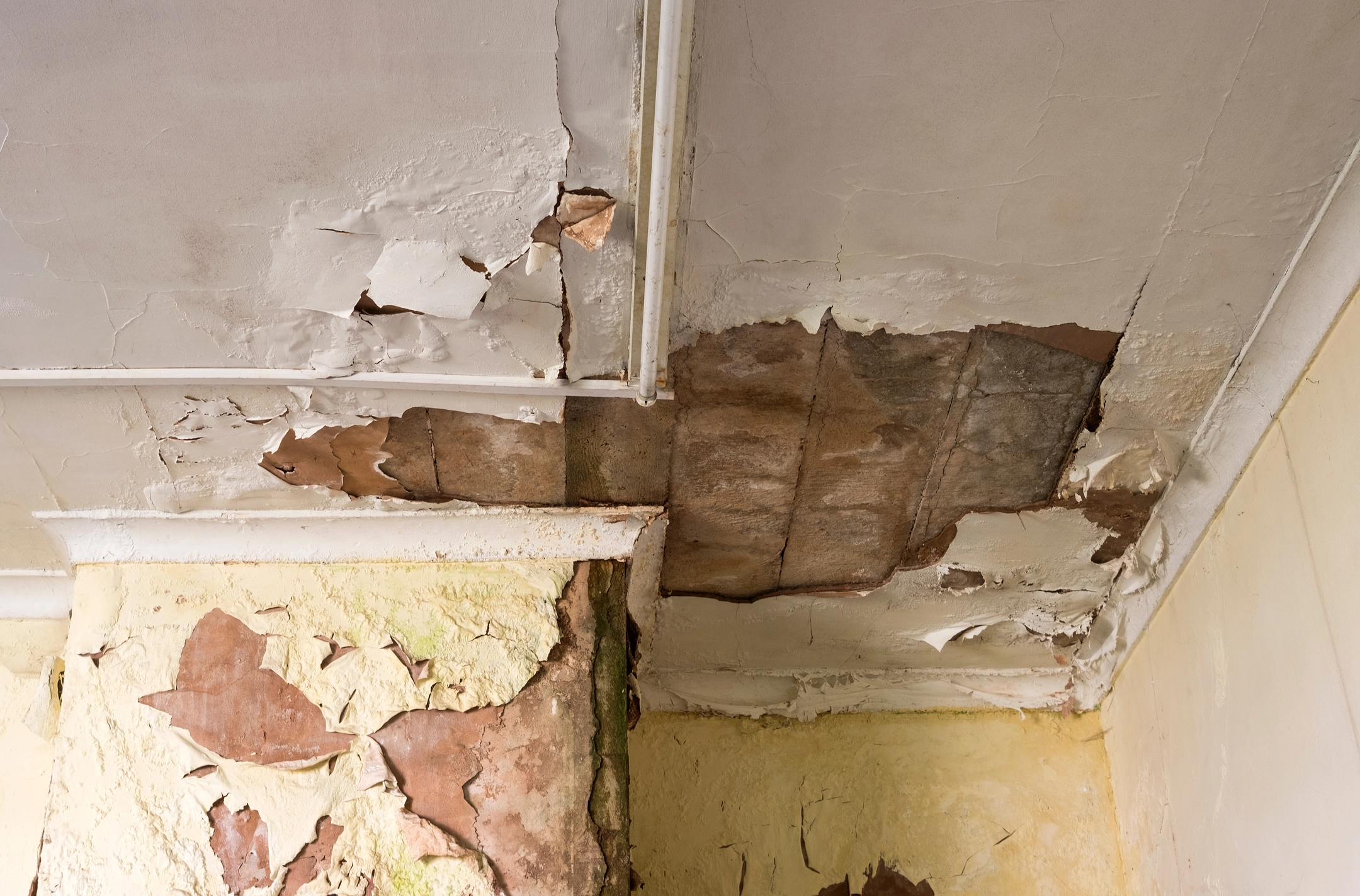24/7 Emergency Water Damage Restoration Services for Urgent Needs
24/7 Emergency Water Damage Restoration Services for Urgent Needs
Blog Article
The Process of Water Damage Cleanup: Guaranteeing Your Home Is Brought Back Efficiently
Water damage can be a challenging challenge for home owners, demanding a careful and structured cleanup procedure to bring back safety and capability. A detailed assessment is essential to determine the extent of the damage and determine the proper remediation procedures. Following this, effective water removal techniques play an essential function in minimizing additional injury. Nevertheless, the nuances of drying out, sanitizing, and ultimate restoration are similarly vital and often ignored. Recognizing these stages can make a considerable distinction in the outcome of your home's remediation, motivating a closer take a look at what each action entails.
Analyzing the Damages
Upon discovering water damage, the primary step is to completely analyze the extent of the impact. This initial assessment is vital, as it aids determine the needed steps for efficient cleaning and reconstruction. Begin by evaluating the influenced locations, consisting of wall surfaces, ceilings, floorings, and individual items, to determine the source of the water breach, whether from flooding, leakages, or condensation.
Recording the damages is crucial for both insurance coverage cases and preparing repair efforts - damage restoration services. Use photos and composed notes to capture the severity of the damages, keeping in mind any type of afflicted structural aspects and materials. Pay unique focus to locations that might not be quickly noticeable, such as behind wall surfaces and under rugs, as hidden wetness can result in further difficulties, consisting of mold growth
In addition, examine the timeline of the water direct exposure. Inevitably, a detailed assessment lays the groundwork for an effective water damage clean-up procedure, making sure that all influenced areas are dealt with properly and extensively.
Water Extraction Strategies

Professionals generally employ completely submersible pumps for larger volumes of water, which can quickly alleviate flooding in basements or other influenced areas. For smaller sized quantities, wet/dry vacuums are often utilized to extract residual moisture from carpets and tough surface areas. In addition, making use of portable extractors allows for targeted elimination in restricted areas or areas with delicate products.
In instances of polluted water, such as sewage or floodwater, progressed extraction techniques may entail the use of biohazard devices to make certain safety and security and compliance with wellness laws. High-powered extraction tools are vital in reducing water retention in architectural products, which can cause mold and mildew development and structural damage otherwise resolved promptly.
Eventually, the effectiveness of water removal strategies plays an essential role in the overall success of the water damage cleanup procedure, laying the groundwork for succeeding remediation efforts.
Drying and Dehumidification
When standing water has actually been properly removed, the next critical phase in the water damage clean-up process is drying out and dehumidification. This step is vital to protect against additional damages and mold and mildew growth, which can occur within 24 to 2 days in wet settings.
To achieve reliable drying, specific equipment such as industrial-grade air movers and dehumidifiers is used. Air moving companies flow air throughout wet surface areas, enhancing dissipation prices, while dehumidifiers minimize moisture levels airborne, promoting a conducive setting for drying out. The combination of these tools makes sure that moisture is extracted from walls, furnishings, and floorings, enabling them to dry thoroughly.
It is important to monitor the drying out procedure closely. Professionals commonly use moisture meters to analyze the moisture content in numerous products, guaranteeing that all influenced locations reach appropriate dry skin levels. This careful approach aids to stop covert wetness pockets that could result in structural damages or undesirable mold development.

Cleansing and Disinfecting
After the drying out and dehumidification phase is full, the next crucial step in water damages clean-up is cleansing and sterilizing the influenced locations. This process is important to stop the development of mold, microorganisms, and various other pathogens that grow in wet atmospheres.
The cleaning wikipedia reference phase typically entails eliminating any particles, dirt, and impurities from surfaces utilizing specialized cleaning agents. For difficult surfaces, a mix of soap and water or commercial cleaning items is typically employed. Soft materials, such as upholstery and carpetings, might need extra considerable cleaning approaches, including steam cleaning or deep extraction techniques, to guarantee comprehensive hygiene.

Disinfecting complies with cleaning, making use of EPA-approved disinfectants to eliminate damaging bacteria. This step is vital, specifically in locations that might have entered into contact with floodwaters or sewer, as these resources can pose serious wellness dangers.
Additionally, it is essential to address any kind of continuing to be odors, which might require making use of smell neutralizers or innovative methods like ozone therapy. Proper cleansing and sanitizing not just restore the safety and security and hygiene of your home but likewise lay the groundwork for effective remediation and repairs in succeeding phases of the water damage clean-up procedure.
Reconstruction and Repair Work

When the evaluation is full, repair initiatives can start. Additionally, flooring might require similar focus, depending on the degree the original source of water direct exposure.
It is vital to engage seasoned reconstruction experts during this process, as they possess the know-how to handle complex repair services effectively. They can assist reduce potential future problems, such as mold and mildew development or architectural instability, therefore guaranteeing a habitable and risk-free living environment. Ultimately, efficient remediation and fixings restore the home's integrity and boost its general worth.
Final Thought
In final thought, the procedure of water damages clean-up is essential for recovering a home to its pre-damage problem. Each phase, from assessing the damages to carrying out efficient water removal methods, complied with by thorough drying out, sanitizing, and essential repairs, plays a crucial function in guaranteeing safety and security and conformity with flood restoration companies building standards. Efficient implementation of these steps not just minimizes instant damage but likewise improves the long-term stability and value of the home.
Water damages can be an overwhelming obstacle for home owners, necessitating a careful and organized cleaning procedure to recover safety and functionality. Inevitably, a comprehensive assessment lays the groundwork for an effective water damage cleaning procedure, guaranteeing that all affected locations are attended to efficiently and completely.
Efficient water extraction techniques are necessary in minimizing damages and preventing further complications following a water invasion event.In final thought, the process of water damage cleanup is vital for recovering a home to its pre-damage problem. Each stage, from assessing the damage to carrying out effective water extraction strategies, adhered to by comprehensive drying, sanitizing, and needed fixings, plays a crucial role in ensuring safety and conformity with building criteria.
Report this page